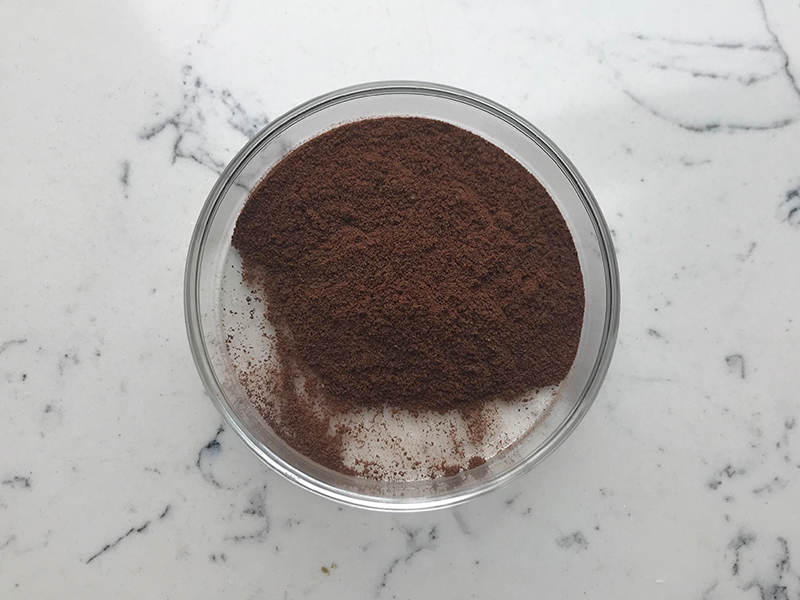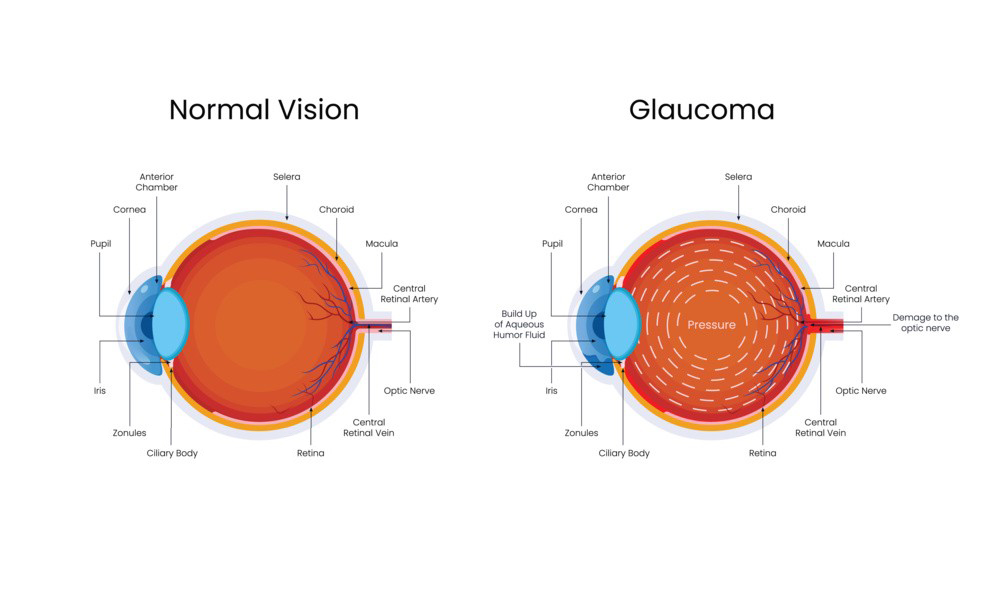Forskolin is a compound derived from the Indian coleus plant (Coleus forskohlii) that has been studied for its potential health benefits, particularly its effects on metabolism and weight loss. Here’s an outline of typical materials and methods used in forskolin research:
Materials of Forskolin:
1.Forskolin: Pure forskolin is typically used, often extracted from the roots of Coleus forskohlii.
2.Cell Culture (if applicable): For studies involving cellular models, specific cell lines may be used, such as adipocytes (fat cells) or other relevant cell types.
3.Experimental Animals (if applicable): In animal studies, forskolin might be administered to rodents or other suitable animals to observe its effects.

Methods of Forskolin:
1.Administration of Forskolin:
- In vitro (Cell Culture): Forskolin is added directly to cell culture media to study its effects on cellular processes like lipolysis (breakdown of fats) or gene expression.
- In vivo (Animal Studies): Forskolin can be administered orally or through injections to animals. Dosage and administration methods vary based on the specific study goals and animal models used.
2.Measurement of Biological Effects:
- Cellular Assays: Techniques such as Western blotting, ELISA (enzyme-linked immunosorbent assay), or RT-PCR (reverse transcription polymerase chain reaction) may be used to measure changes in gene expression, protein levels, or signaling pathways affected by forskolin.
- Animal Studies: Researchers measure various physiological parameters such as body weight, metabolic rate, blood glucose levels, and lipid profiles to assess forskolin’s effects.
3.Statistical Analysis: Results are typically analyzed statistically to determine the significance of forskolin is effects compared to controls or other experimental conditions.
4.Ethical Considerations: Researchers must adhere to ethical guidelines for the use of animals in experiments, ensuring humane treatment and minimizing suffering.

Example Experimental Design:
- Cell Culture Study: Adipocytes are treated with varying concentrations of forskolin for a specified period. Lipolysis is assessed by measuring glycerol release into the media using a colorimetric assay. Gene expression of key metabolic regulators is analyzed via RT-PCR.
- Animal Study: Rats are divided into forskolin-treated and control groups. Forskolin is administered orally daily for several weeks. Body weight, food intake, and blood parameters (glucose, lipids) are monitored regularly. At the end of the study, tissues are collected for histological examination and biochemical analysis.
Conclusion:
The materials and methods used in forskolin research vary depending on whether the study is conducted in vitro (cell culture) or in vivo (animal models). The goal is to understand forskolin’s mechanisms of action and its potential therapeutic applications, particularly in the context of metabolism and weight management.
